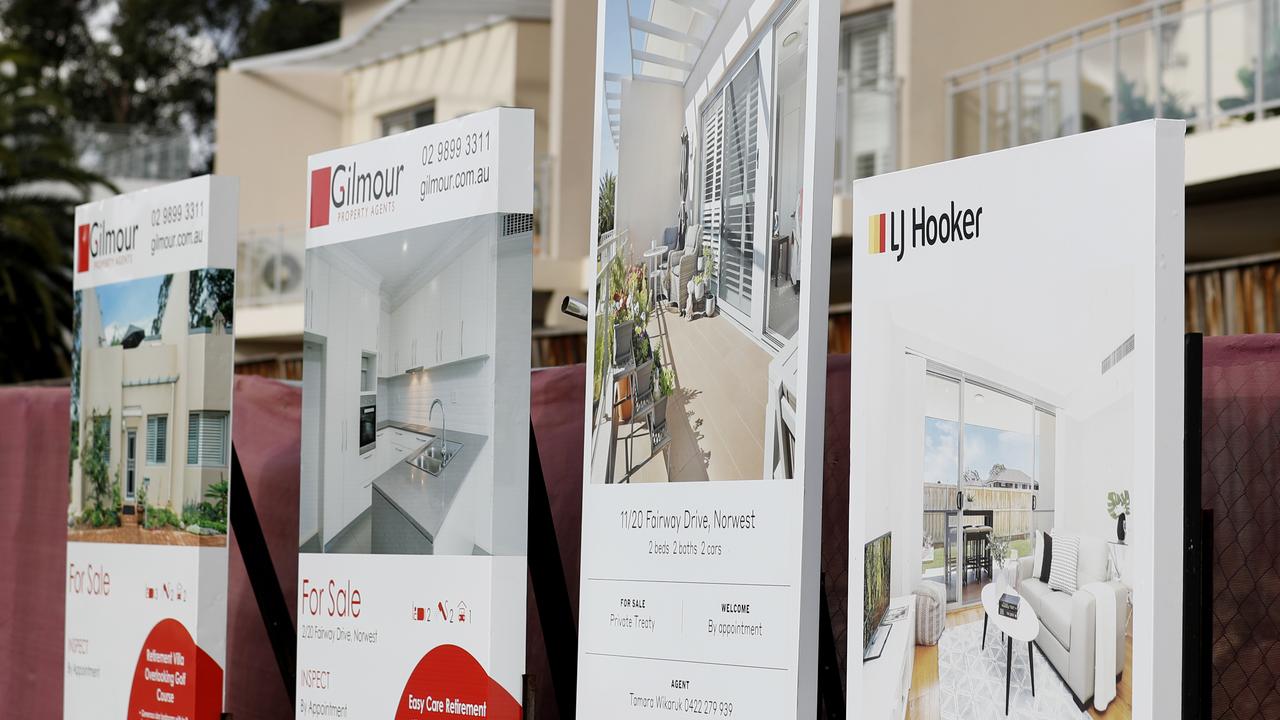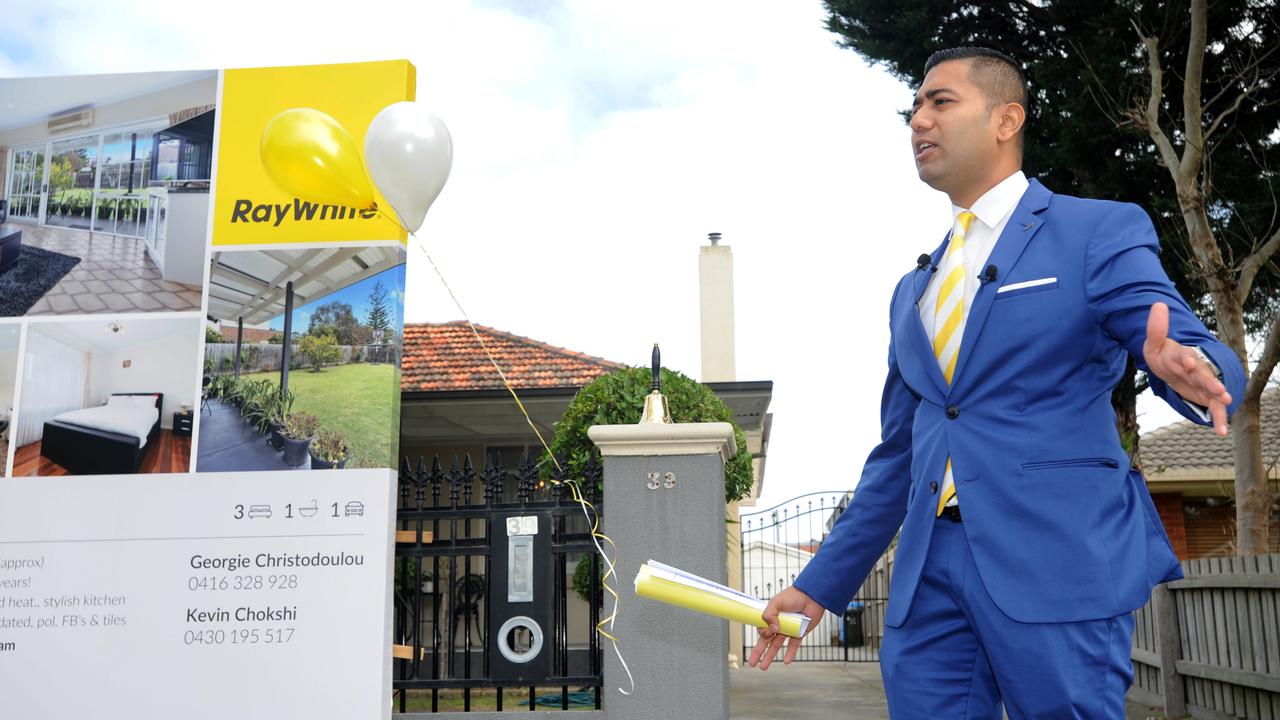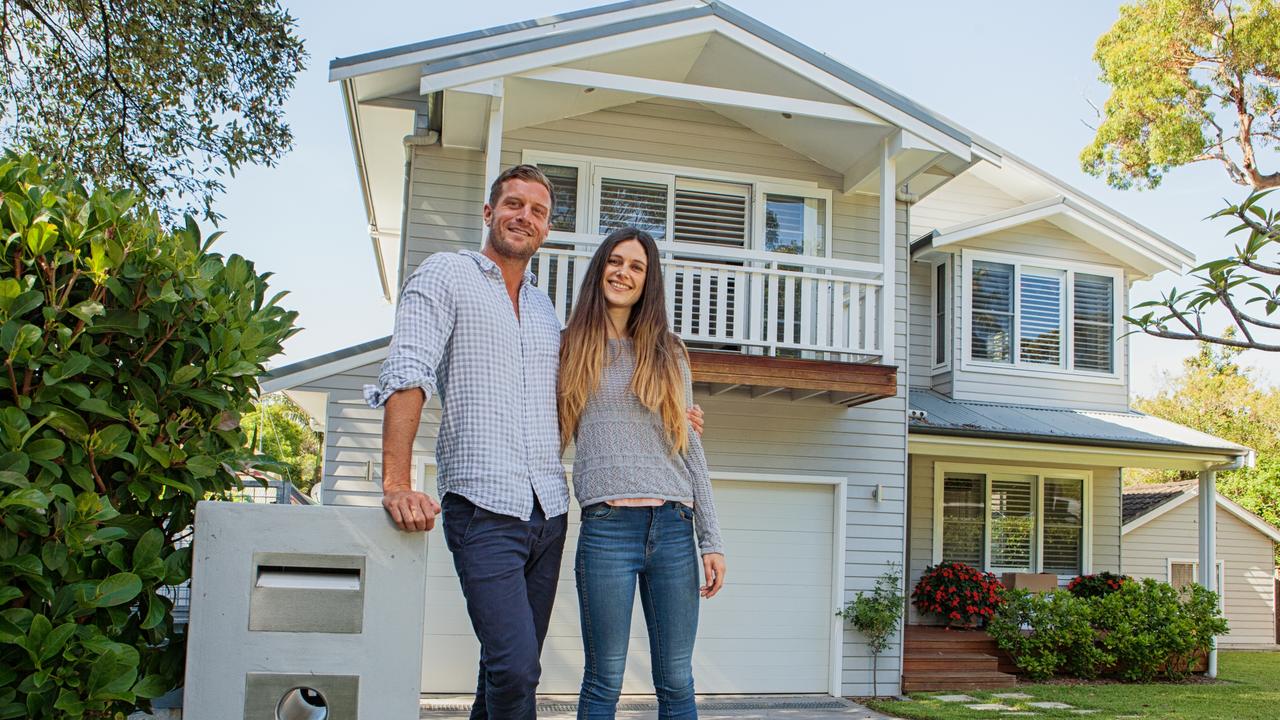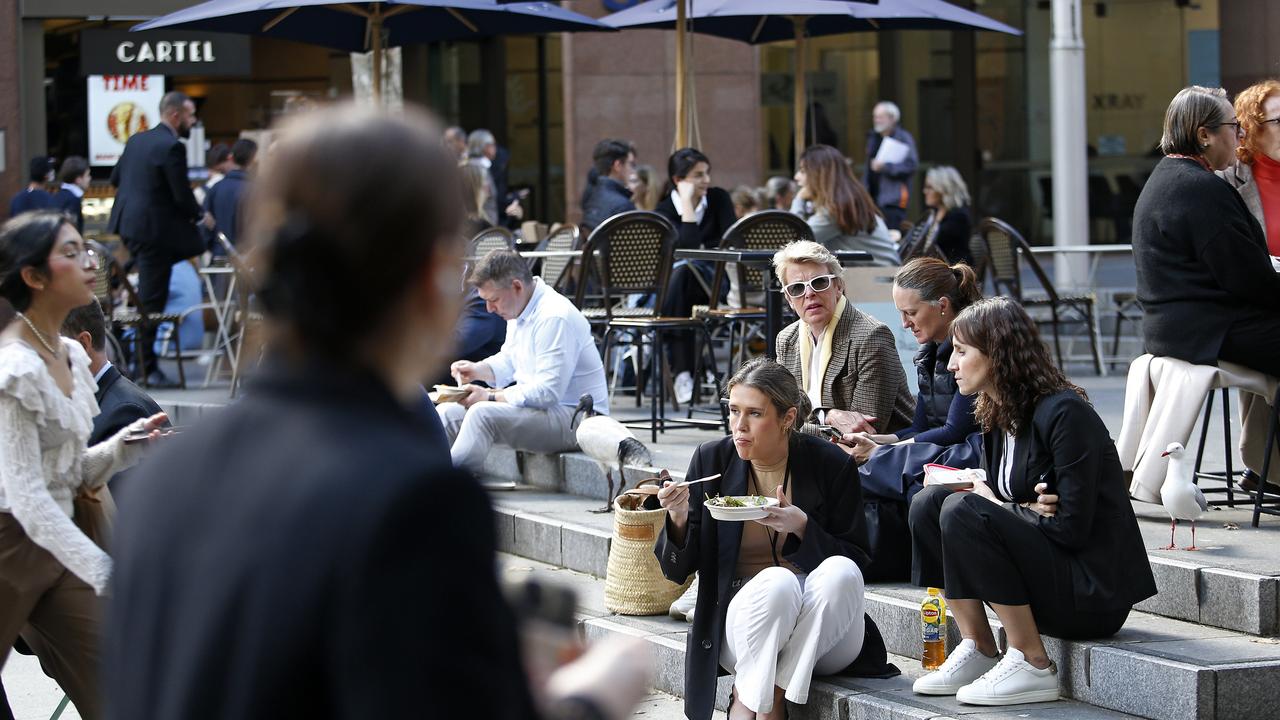Federal Budget 2021: How first home buyers policies will impact on the property market
It is the new measure that could help young Aussies realise their home ownership dreams. But it might just make Boomers richer.

A measure to entice older Aussies out of their homes to free up properties is unlikely to help young house hunters, who are dealing with skyrocketing prices and low stock levels.
In Tuesday’s budget, the government announced it was extending access to the downsizer scheme by reducing the minimum age requirement from 65 to 60.
The scheme allows older Aussies to sell their house as long as it has been owned for at least 10 years, where they can then make a one-off, post-tax contribution to their superannuation of up to $300,000 per person or $600,000 per couple.
However, the scheme was first announced in the 2017-18 budget and there has been little appetite for it among the older generation, according to Eliza Owen, head of research at CoreLogic.
“It’s worth noting that in the almost three years since the scheme was implemented, only around 22,000 individuals have accessed it, so this may not add materially to supply,” she explained.
Housing demand remains high against a low supply of available properties with total listings volumes sitting at 23.4 per cent below the five year average, CoreLogic figures show.
RELATED: Budget misses big housing opportunity

The new policy is only due to kick off in July 2022, which is also problematic considering the current climate, Ms Owen said.
“This means motivated downsizers aged 60 to 64 may wait for the scheme to come into effect before selling, and any impact of increased listings as a result would only impact the housing market then,” she said.
Dr Andrew Wilson, chief economist at property technology and design company Archistar, agreed that the scheme has seen limited success and attributed it to a lack of suitable next-stage downsizer accommodation.
“The reduced age eligibility will only exacerbate this issue, with the clear shortage of reasonably affordable, medium-density and larger higher-density dwellings in established middle and inner suburbs,” he said.
“The availability of appropriate suburban downsizer accommodation likely takes priority over financial incentives, particularly for a younger demographic.”
RELATED: Aussies who will get biggest tax cut

‘Sweet’ deal for older Aussies
But Dr Brendan Rynne, KPMG chief economist, said the government had made it “as sweet as possible” to encourage older Aussies to sell up by lowering the age to access the scheme.
“The older you are the harder it is to get people to move so bringing the age forward is a good thing,” he told news.com.au.
Although he doesn’t see older Aussies rushing to sell their houses with the aim of becoming wealthier, because the reasons people stay put or choose to move aren’t just based on economics.
“A vast majority relate to how people feel about moving, emotional ties they have to houses and property and all those sorts of things and they are still big barriers for people to overcome,” he said.
“What this measure does is help provide a bit more of an incentive to help balance that equation of thinking about whether to stay or move. What it also does, even with the demographics changing and people having children later in life, the majority of people by the time they are 60 no longer have young children in the house and are able to contemplate moving to properties that may be smaller and may downsize, but still meet their needs.”
Hot housing market could lure older Aussies
Dr Rynne also dismissed claims that the scheme hasn’t shown much success so far pointing out that when it was launched the property market was “relatively soft” for a few years and only started to tick back up once COVID-19 hit.
“When you are looking to sell, those people who don’t have a mortgage and don’t have any financial need to sell, they can afford to wait for the market to get better, so it’s not surprising there has been not much take up of this as the property market was relatively weak,” he said.
“We may find as the market becomes stronger it may induce more sales. I don’t necessarily think recent history is going to be a good comparator for how this is going to work for the next couple of years.”

The scheme could also have a positive effect on first home buyers, predicted Dr Rynne. He believes that current homeowners would move up a notch into bigger houses, freeing up their houses for first home buyers, rather than retirees selling direct to young Aussies.
The federal government said in its budget papers that the downsizer scheme would give Australians more flexibility to contribute to their superannuation, especially women and those with moderate balances.
“Around 55 per cent of those who have used the downsizer contribution to date are women, and 73 per cent have balances less than $500,000,” the paper said.
First home buyer help
New and enhanced policies aimed at helping first home buyer access the market were also announced in the budget.
These included the Family Home Guarantee, which will allow single parents with a maximum annual income of $125,000 to purchase a home with a minimum deposit of 2 per cent.
But this is capped at local market price ceilings, including $700,000 for Sydney, $600,000 for Melbourne and $475,000 in Brisbane and the scheme is limited to 10,000 places.
Dr Wilson said the current market conditions means people would still be priced out.
“Applicants with the maximum income profile will be able to borrow around $500,000 at current interest rates which will nonetheless leave few options to purchase appropriate family-friendly homes – particularly in Sydney and Melbourne that generate the majority of first home buyers nationally,” he said.
The current median asking price for a two bedroom unit in Sydney is $615,000 with a three bedroom at $820,000.
In Melbourne, a two bedroom unit median is $520,000 with three bedroom unit median asking prices at $585,000.
For Brisbane, the two bedroom unit median is $400,000 with a three bedroom unit median asking prices at $560,000.
“By comparison the median asking price for a Sydney house is currently $1,297,077 with Melbourne at $869,490 and Brisbane $568,992, and all clearly still rising strongly,” Dr Wilson said.

Low deposits mean more debt and more interest needs to be paid over the life of the loan, Ms Owen added.
At the Aussie entry level property value of $431,194 a 20 per cent deposit home loan at a 2.4 per cent interest rate would accrue roughly $121,000 in interest over a 25 year mortgage with monthly payments, she explained.
“The same borrowings at a 2 per cent deposit would amount to around $145,000 in interest. Taking on more debt may still be worthwhile if the borrower is otherwise spending tens of thousands of dollars on each year on rent,” she said.
The government has also reintroduced the New Home Guarantee which allows first home buyers with a maximum income for couples under $200,000 to secure a new home with a minimum 5 per cent deposit. The price ceilings for this scheme are $950,000 in Sydney, $850,000 in Melbourne and $650,000 in Brisbane and is again restricted to 10,000 places.
“Although this scheme, building on its previous success, will provide more opportunities for first home buyers, the current boom in new house construction is set to lead to supply constraints and higher building costs, and clearly favours those content with outer-suburban fringe living,” Dr Wilson said.

More needs to be done
An extension to the First Home Buyer Super Saver Scheme that will now allow an increase in member contributions from $30,000 to $50,000, but it is unlikely to have a short term impact with changes coming into effect from July 2022.
“The federal government has announced a number of narrowly-targeted budget initiatives that will assist some first home buyers to realise the great Australian dream,” Dr Wilson said.
”They are however unlikely to significantly stem an ongoing decline in activity from this group now suffocating from booming home prices and surging investors with total activity over the next year set to fall by at least 20 per cent – even with a full uptake of the schemes announced.
“The likely overall decline in first home buyers however will be offset by rising investor activity which will maintain upward pressure on house prices – the bane of first home buyers.
“Comprehensive and targeted supply-side initiatives are needed to match the demand stimulating polices that clearly result in more urban sprawl, fringe-living dislocation and suburb marginalisation – and higher overall home prices.”




